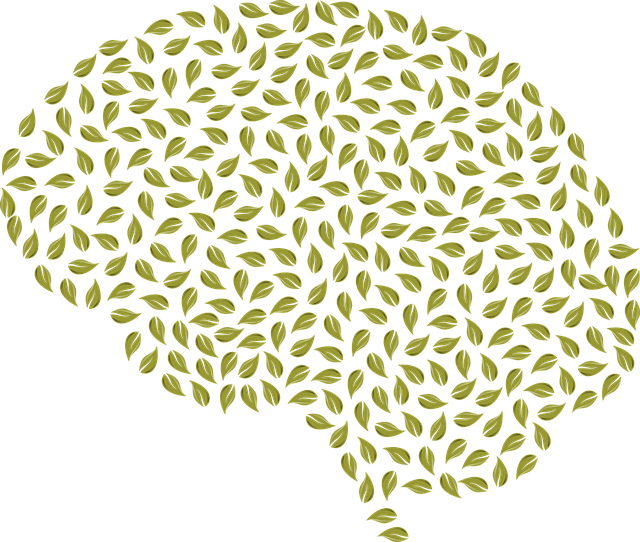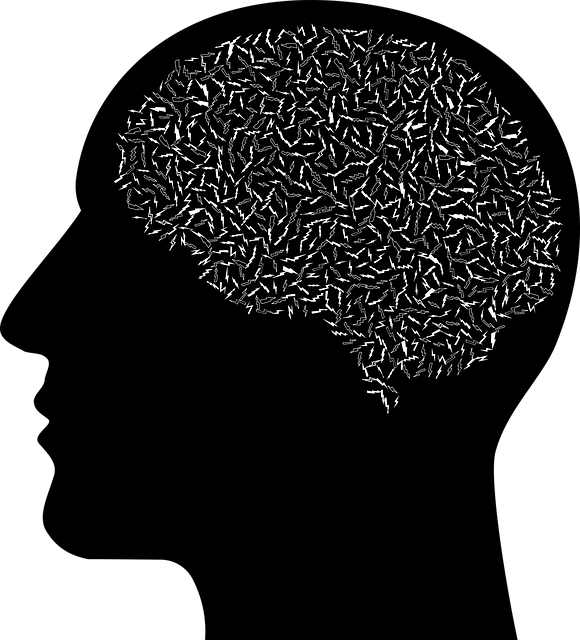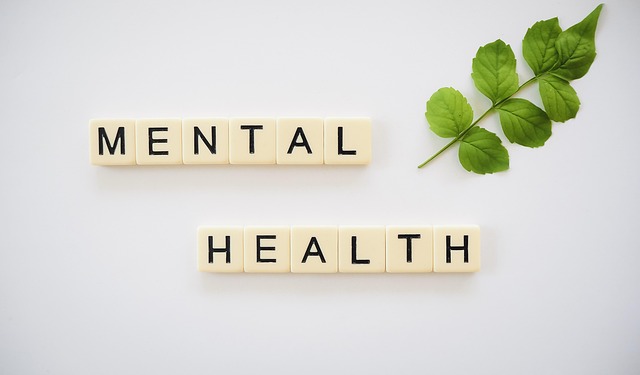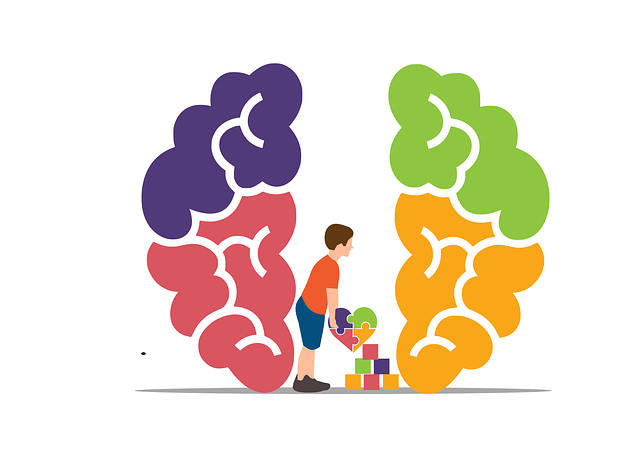Therapy for Children Abuse Survivors leverages the RFM framework (Resilience, Flexibility, Mastery) to help survivors process trauma, develop adaptive coping mechanisms, and regain personal power. This approach promotes cultural sensitivity through self-awareness and confidence-boosting techniques, fostering trust and open dialogue in a supportive environment. By combining strategies like guided imagery and mindfulness with traditional therapy, children gain control, manage emotions, and enhance their sense of safety. RFM interventions focus on conflict resolution, emotional regulation, and depression prevention, empowering survivors to break free from trauma's grasp and foster mental wellness.
Resilience is a powerful tool for healing, especially for individuals who have experienced child abuse. RFM (Resourceful Feedback and Mastery) exercises offer a unique and effective approach to building resilience in survivors. This article explores how RFM can empower individuals to cope with trauma, emphasizing its impact on therapy. We’ll guide you through understanding the core principles of RFM, designing tailored exercises, and implementing practical strategies in supportive environments to enhance the therapeutic journey for children abuse survivors.
- Understanding RFM and Its Impact on Survivors of Child Abuse
- Designing Resilience-Building Exercises for Effective Therapy
- Practical Strategies for Implementing RFM in Supportive Environments
Understanding RFM and Its Impact on Survivors of Child Abuse

Understanding RFM, or Resilience, Flexibility, and Mastery, is crucial when addressing the needs of individuals who have survived child abuse. This framework recognizes that survivors not only need support to process their traumatic experiences but also to develop adaptive coping mechanisms and a sense of personal power. Therapy for children abuse survivors often involves helping them cultivate resilience—the ability to bounce back from adversity—and enhance their overall well-being.
RFM exercises are designed to foster cultural sensitivity in mental healthcare practice, focusing on communication strategies that build trust and encourage open dialogue. By promoting self-awareness and confidence boosting techniques, these exercises enable survivors to navigate life’s challenges more effectively. The goal is to empower them to break free from cycles of trauma and abuse, fostering a sense of safety, control, and positive identity.
Designing Resilience-Building Exercises for Effective Therapy

Designing resilience-building exercises for effective therapy is an art that requires a deep understanding of trauma and its impact on children who have experienced abuse. These exercises should be tailored to foster mental wellness and promote healing in a safe, supportive environment. One of the key aspects is incorporating self-care practices into the therapeutic process. Encouraging survivors to engage in activities that enhance their sense of safety and empower them to regulate their emotions can significantly contribute to building resilience.
For instance, therapy sessions could include guided imagery exercises where children visualize peaceful scenes or positive memories, helping them regain a sense of control and boost their confidence. Additionally, teaching mindfulness techniques allows survivors to stay present and manage distressing thoughts or flashbacks effectively. By combining these self-care strategies with traditional therapeutic approaches, therapists can create an empowering experience tailored to each child’s unique needs, fostering resilience in the face of adversity.
Practical Strategies for Implementing RFM in Supportive Environments

Implementing RFM (Resilience, Flexibility, and Mastery) in supportive environments is a powerful approach to therapy for children abuse survivors. It involves practical strategies that aim to build emotional resilience and foster healthy coping mechanisms. One key strategy is creating safe spaces where individuals can express their feelings openly without fear of judgment or repercussions. These spaces encourage the use of conflict resolution techniques as a means to navigate interpersonal challenges, promoting understanding and empathy.
Additionally, incorporating activities that enhance emotional regulation is vital. This could include mindfulness practices, such as deep breathing exercises or guided visualizations, which help individuals gain control over their emotional responses. By integrating these practices into therapeutic routines, children can learn to manage stress and anxiety more effectively. Moreover, focusing on depression prevention through proactive interventions empowers survivors to build a sense of mastery over their lives, encouraging them to take charge and make positive choices.
Resilience is a powerful tool for healing and recovery, especially for those who have endured child abuse. By integrating RFM (Resilience-Building Exercises) into therapy, professionals can empower survivors with effective coping mechanisms and enhance their overall well-being. The strategies outlined in this article provide a framework for creating supportive environments that foster resilience, ultimately improving the lives of children abuse survivors and offering them a path towards a brighter future. When implemented correctly, RFM has the potential to revolutionize therapy practices, ensuring better outcomes for those seeking healing from past trauma.














